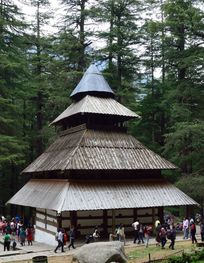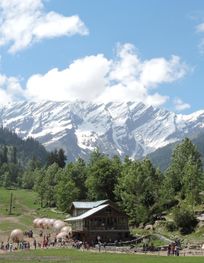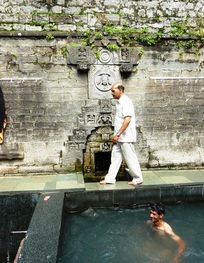
Manali: A Serene Himalayan Escape
Discover Manali's breathtaking landscapes, thrilling adventures, and rich cultural heritage in the heart of the Himalayas.
Nestled in the northern Himalayas, Manali offers a perfect blend of natural beauty, adventure, and cultural experiences. This charming town in the Himachal Pradesh state of India is surrounded by snow-capped mountains and lush green valleys, making it a paradise for nature lovers and adventure enthusiasts alike. Manali is renowned for its picturesque landscapes, featuring dense forests, serene rivers, and scenic apple orchards. The town serves as a gateway to the Rohtang Pass, which provides breathtaking views and thrilling activities like skiing and snowboarding. Solang Valley, another popular spot, offers paragliding, zorbing, and trekking opportunities. Apart from its natural allure, Manali is steeped in history and culture. The ancient Hadimba Temple, dedicated to a local deity, showcases intricate wooden architecture amidst a tranquil cedar forest. The vibrant Mall Road, lined with shops and eateries, offers a glimpse into the local lifestyle and is a perfect place to sample authentic Himachali cuisine. For those seeking relaxation, the Vashisht Hot Springs provide a soothing retreat, with mineral-rich waters believed to have healing properties. Additionally, the serene Beas River invites visitors for leisurely walks along its banks or thrilling river rafting experiences. Manali's blend of serene beauty, adventure, and cultural richness makes it a must-visit destination for all types of travelers.
Local tips in Manali
- Visit during the summer months (May to June) for pleasant weather and adventure activities.
- Carry warm clothing, as temperatures can drop significantly, especially at higher altitudes.
- Book accommodations in advance during peak tourist seasons to ensure availability.
- Try local Himachali dishes like Dham, Siddu, and Babru for an authentic culinary experience.
- Respect local customs and traditions, especially when visiting temples and religious sites.
Neighbourhoods in Manali
Manali: A Serene Himalayan Escape
Nestled in the northern Himalayas, Manali offers a perfect blend of natural beauty, adventure, and cultural experiences. This charming town in the Himachal Pradesh state of India is surrounded by snow-capped mountains and lush green valleys, making it a paradise for nature lovers and adventure enthusiasts alike. Manali is renowned for its picturesque landscapes, featuring dense forests, serene rivers, and scenic apple orchards. The town serves as a gateway to the Rohtang Pass, which provides breathtaking views and thrilling activities like skiing and snowboarding. Solang Valley, another popular spot, offers paragliding, zorbing, and trekking opportunities. Apart from its natural allure, Manali is steeped in history and culture. The ancient Hadimba Temple, dedicated to a local deity, showcases intricate wooden architecture amidst a tranquil cedar forest. The vibrant Mall Road, lined with shops and eateries, offers a glimpse into the local lifestyle and is a perfect place to sample authentic Himachali cuisine. For those seeking relaxation, the Vashisht Hot Springs provide a soothing retreat, with mineral-rich waters believed to have healing properties. Additionally, the serene Beas River invites visitors for leisurely walks along its banks or thrilling river rafting experiences. Manali's blend of serene beauty, adventure, and cultural richness makes it a must-visit destination for all types of travelers.
When is the best time to go to Manali?
Iconic landmarks you can’t miss
Hadimba Devi Temple
Experience the spiritual essence and architectural beauty of Hadimba Devi Temple, a serene landmark nestled in the heart of Manali's cedar forests.
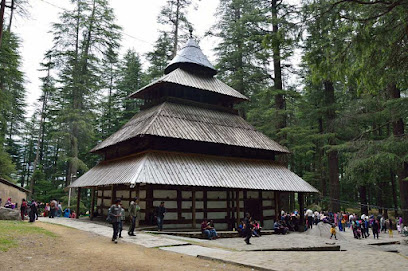
Manali Mall Market
Immerse yourself in local culture at Manali Mall Market, a vibrant shopping haven in the heart of the Himalayas, showcasing exquisite handicrafts and local flavors.
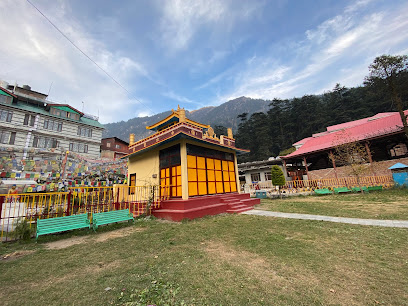
Mall Road Market Manali
Experience the vibrant atmosphere of Mall Road Market in Manali, a bustling hub of shopping, dining, and breathtaking mountain views.
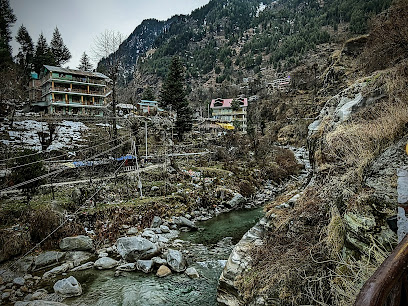
Jogini Falls
Explore the enchanting Jogini Falls in Manali, a serene escape perfect for hiking, photography, and immersing in nature's beauty.
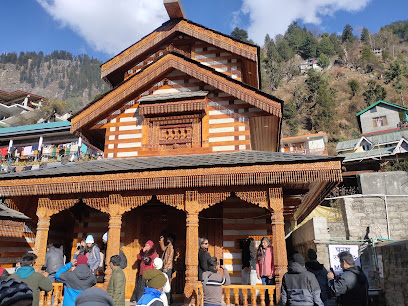
Van Vihar National Park
Explore the tranquil beauty of Van Vihar National Park, a serene retreat in Manali, perfect for nature lovers and adventure seekers.
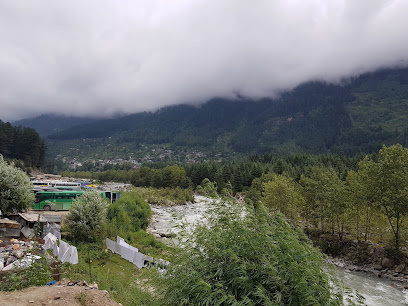
Nehru Kund
Discover the tranquil beauty of Nehru Kund, a serene spring in Himachal Pradesh, perfect for relaxation and nature lovers.

Manu Temple, Old Manali
Discover spiritual tranquility and stunning views at Manu Temple, Old Manali - a must-visit Hindu shrine nestled in the Himalayas.
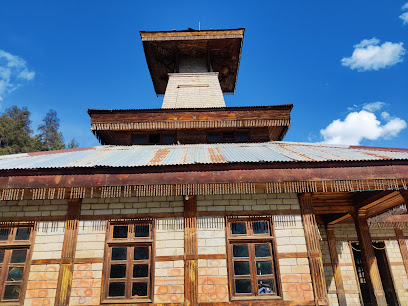
Desi Swaad
Experience the essence of North Indian cuisine in the heart of Manali at Desi Swaad, where every bite tells a delicious story.
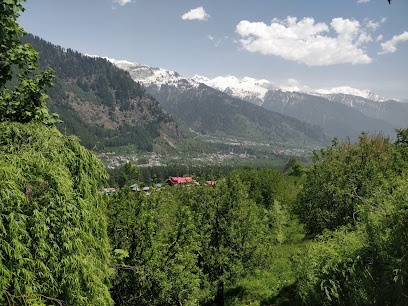
Manali Bazaar
Discover the charm of Manali Bazaar, a vibrant market in the heart of Himachal Pradesh, where culture meets commerce and unforgettable experiences await.

Life in Manali
Discover the beauty and adventure of Manali, a stunning Himalayan paradise rich in culture and stunning landscapes.
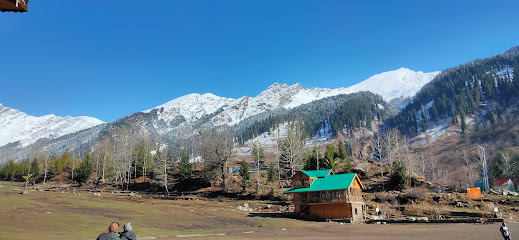
Glacial Adventures(INDIA)Pvt. Ltd.
Discover the Himalayan magic with Glacial Adventures in Manali - your gateway to breathtaking landscapes and unforgettable experiences.
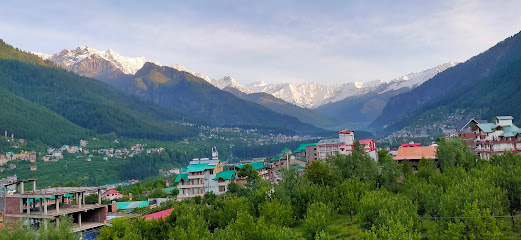
Himalayan Nyinmapa Buddhist Monastery
Experience the tranquility and spiritual depth of the Himalayan Nyinmapa Buddhist Monastery in Manali, a cultural gem in the heart of the Himalayas.
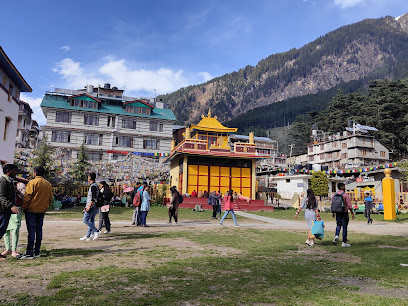
Old Manali Bridge
Discover the Old Manali Bridge, an iconic landmark offering breathtaking views and a unique cultural experience in the heart of Himachal Pradesh.
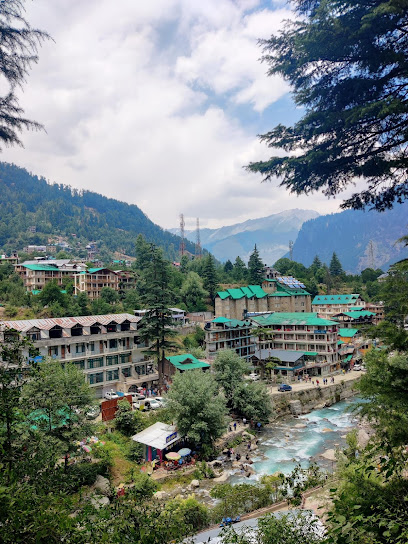
Dylan's Toasted & Roasted Coffee House-Best Coffee House/Pioneer of Real Coffee/Most Popular Cafe For World Famous
Discover the best coffee experience in Old Manali at Dylan's Toasted & Roasted Coffee House, a haven for coffee lovers amidst stunning landscapes.
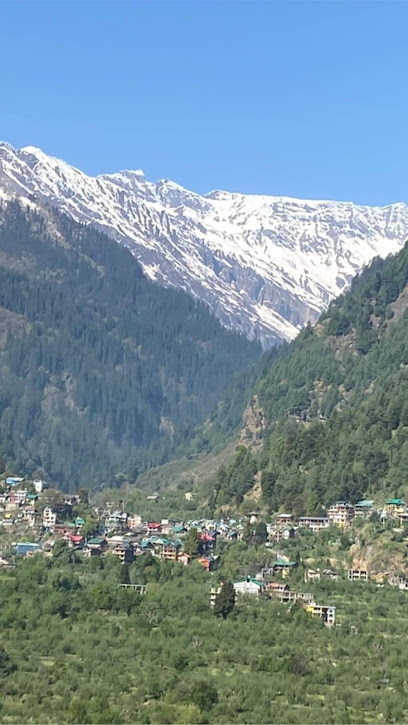
Museum of Himachal Culture & Folk Art
Explore the vibrant traditions and artistic heritage of Himachal Pradesh at the Museum of Himachal Culture & Folk Art in Manali.

Unmissable attractions to see
Hadimba Devi Temple
Discover the spiritual charm and architectural beauty of Hadimba Devi Temple, a sacred site nestled in the enchanting forests of Manali.
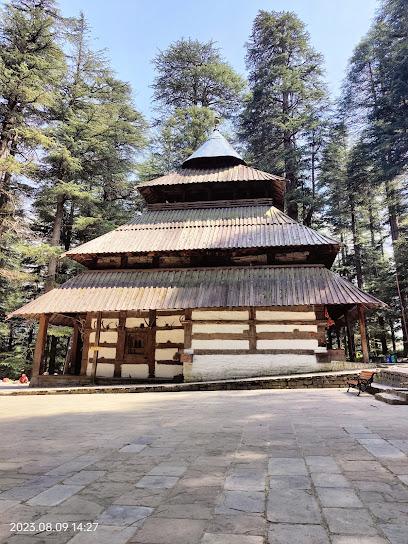
Naggar Castle
Discover the enchanting history and stunning views at Naggar Castle in Himachal Pradesh, a perfect blend of culture and natural beauty.
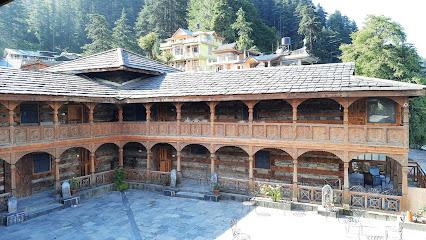
Rohtang Pass
Explore the breathtaking beauty and thrilling adventures at Rohtang Pass in Himachal Pradesh, India – a must-visit for every traveler!
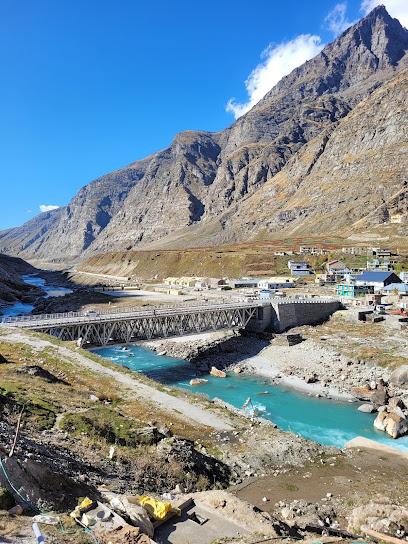
Van Vihar National Park
Immerse yourself in the serene beauty of nature at Van Vihar National Park, a lush escape in the heart of Manali, Himachal Pradesh.
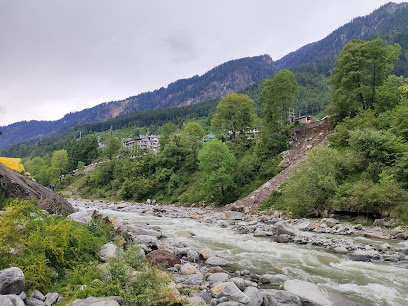
Manali Snow Point
Explore the breathtaking landscapes and thrilling adventures at Manali Snow Point, a must-visit destination in Himachal Pradesh, India.
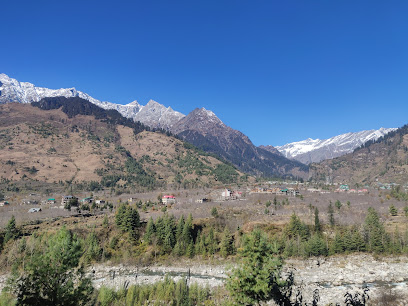
Chandra Taal
Discover the serene beauty of Chandra Taal, a stunning glacial lake in Himachal Pradesh, ideal for nature lovers and adventure seekers.
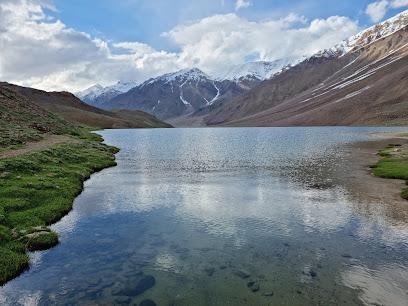
Him Valley Amusement & Cultural Park, Manali
Explore the thrill of rides and the richness of culture at Him Valley Amusement & Cultural Park, a premier tourist destination in Manali.
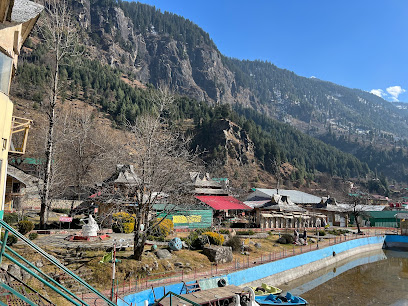
Museum of Himachal Culture & Folk Art
Discover the essence of Himachal Pradesh at the Museum of Himachal Culture & Folk Art, where rich heritage and vibrant traditions come alive.
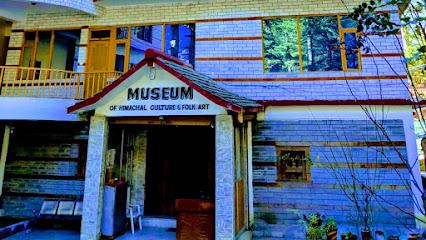
Rahala Waterfalls
Explore the stunning Rahala Waterfalls in Himachal Pradesh, a perfect blend of nature's beauty and adventure for every traveler.
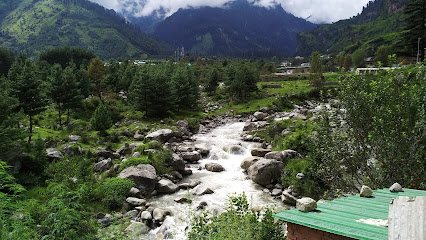
Bhrigu Lake
Explore Bhrigu Lake, a stunning alpine destination surrounded by majestic mountains, perfect for trekking, camping, and immersing in nature's beauty.
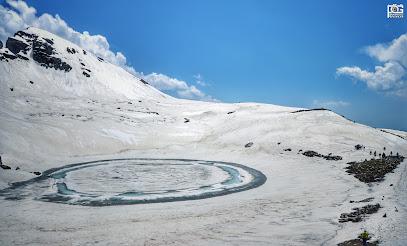
Hamta Pass
Discover the mesmerizing beauty of Hamta Pass in Himachal Pradesh, a trekker's paradise amidst the majestic Himalayas.
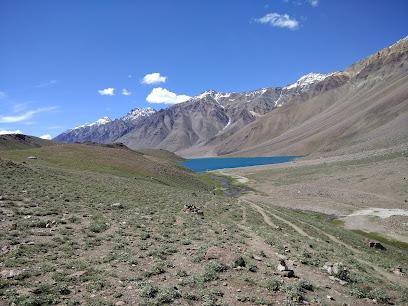
Old Manali snow point
Discover the breathtaking beauty of Old Manali Snow Point, where snow-capped peaks meet the serene River Beas in Himachal Pradesh's picturesque landscape.
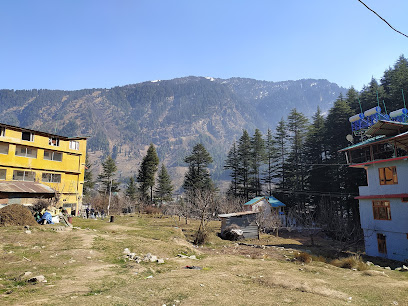
Baror Parsha Waterfall
Experience the enchanting beauty of Baror Parsha Waterfall, a hidden gem in Manali, Himachal Pradesh, surrounded by lush landscapes and tranquil vibes.
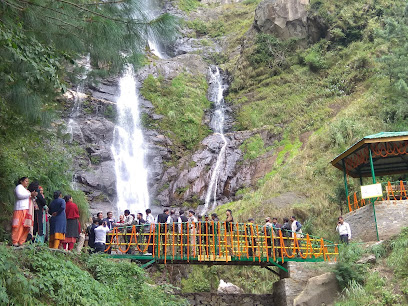
Whiteland holidays
Explore the spiritual serenity of Whiteland Holidays in Manali, a captivating Hindu temple surrounded by breathtaking Himalayan beauty.
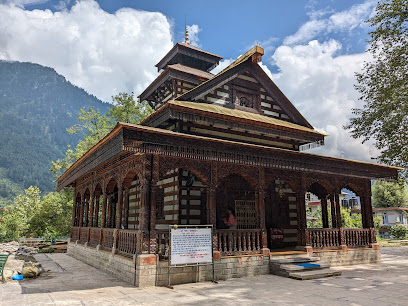
Snow Man Point
Experience the breathtaking beauty of Snow Man Point, a must-visit scenic spot in Himachal Pradesh, perfect for nature lovers and adventure seekers alike.

Essential places to dine
Cafe 1986
Discover Cafe 1986 in Manali - where culinary delights meet live music amidst stunning Himalayan vistas.
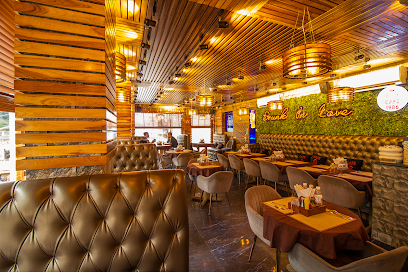
Cafe 1947
Discover Cafe 1947 in Manali: A vibrant spot offering delicious Italian cuisine amidst stunning mountain views.
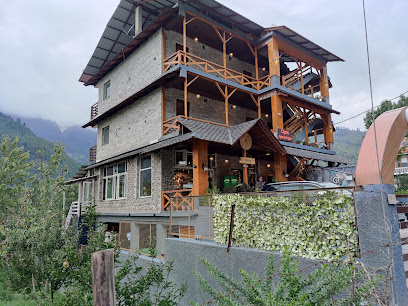
Aashiana Restaurant
Experience authentic Indian flavors at Aashiana Restaurant in Manali—your gateway to delicious North Indian and Punjabi cuisine surrounded by stunning landscapes.
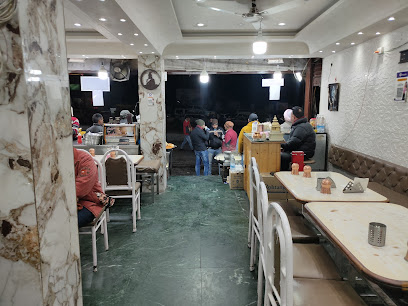
The Johnsons Hotel Cafe & Bar
Experience exquisite dining at The Johnsons Hotel Cafe & Bar in Manali—where culinary excellence meets breathtaking mountain views.

Chopsticks Restaurant
Experience the rich flavors of China at Chopsticks Restaurant in Manali – where culinary artistry meets breathtaking mountain views.
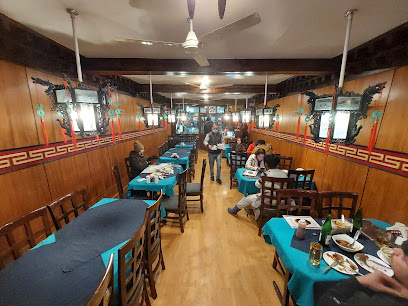
The Corner House Restaurant & Bar
Experience exquisite dining at The Corner House Restaurant & Bar in Manali - where diverse flavors meet stunning mountain views.
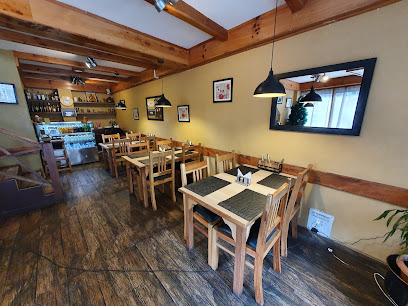
Rocky's Cafe
Discover Rocky's Cafe in Old Manali - A delightful blend of local cuisine and scenic beauty awaits you!
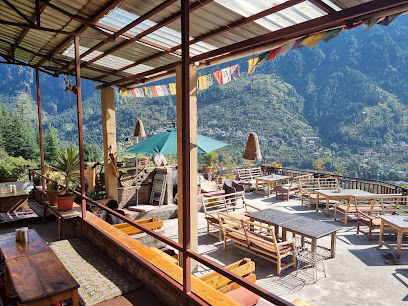
Mountain View Noodles
Discover authentic Tibetan and Chinese cuisine at Mountain View Noodles in Manali - where culinary delights meet breathtaking mountain views.
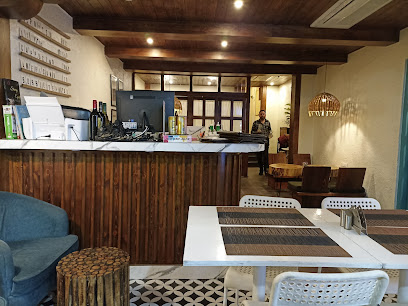
Southern Souls ® Cafe (Pure Vegetarian)
Discover vegetarian bliss at Southern Souls Café in Manali—your go-to spot for delicious South Indian cuisine amid stunning Himalayan views.
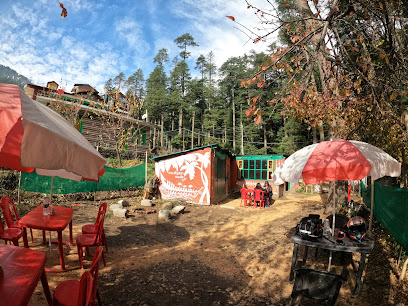
IL Forno
Discover authentic Italian flavors amidst the serene beauty of Manali at IL Forno - where culinary artistry meets breathtaking mountain vistas.
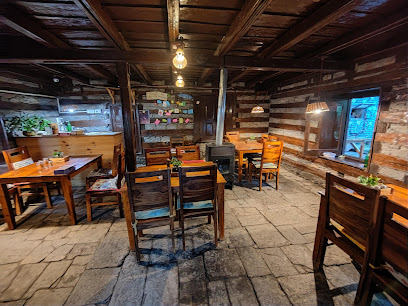
Sher-e-Punjab
Discover authentic North Indian and Punjabi flavors at Sher-e-Punjab in Manali—an unforgettable culinary experience amidst breathtaking mountain views.

Fat Plate
Experience exquisite flavors at Fat Plate in Manali, where European cuisine meets local charm in a cozy setting.
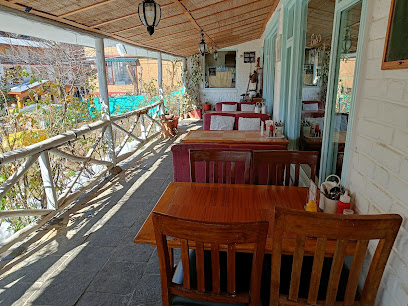
Flydining Manali
Experience the thrill of dining suspended in the air at Flydining Manali – where culinary delights meet breathtaking mountain views.
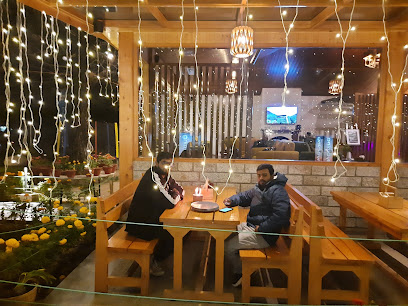
Johnson Bar and Restaurant
Experience the flavors of Himachal Pradesh at Johnson Bar and Restaurant in Manali—where local charm meets culinary excellence.
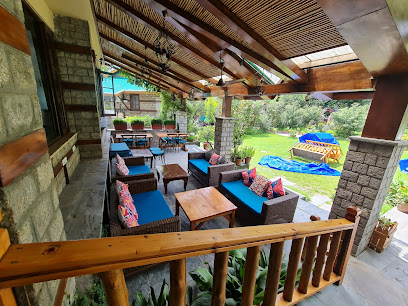
Renaissance: Best Italian Restaurant Mexican Restaurant in Manali
Experience authentic Mexican cuisine amidst breathtaking Himalayan views at Renaissance in Old Manali.
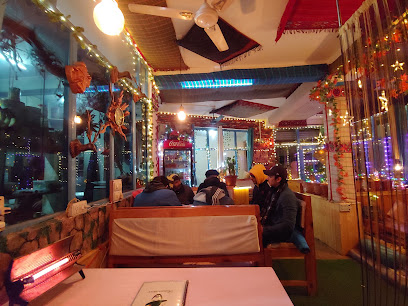
Markets, malls and hidden boutiques
Manali Mall Market
Experience the vibrant shopping scene at Manali Mall Market, where tradition meets modernity amidst breathtaking Himalayan views.
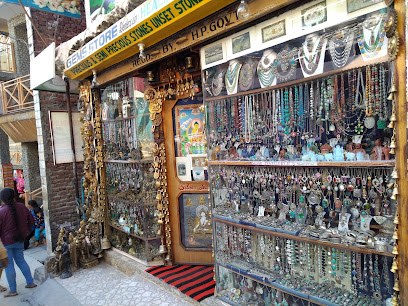
Bhuttico Showroom Manali
Explore the rich cultural heritage of Himachal Pradesh at Bhuttico Showroom Manali, home to exquisite handicrafts and unique souvenirs.
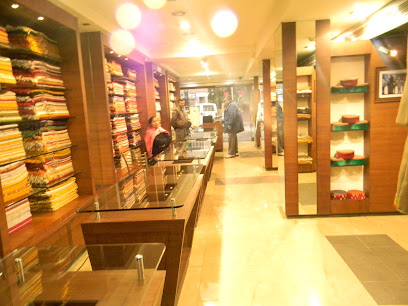
Wildcraft
Discover top-notch outdoor clothing and equipment at Wildcraft in Manali for your next adventure in the stunning landscapes of Himachal Pradesh.
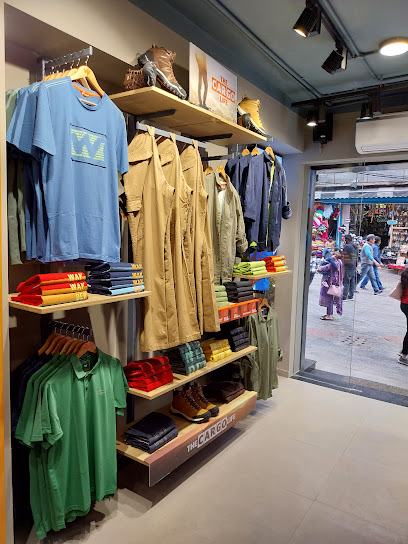
Old manali
Experience the artistic charm and breathtaking landscapes of Old Manali, a Himalayan gem perfect for shopping and relaxation.
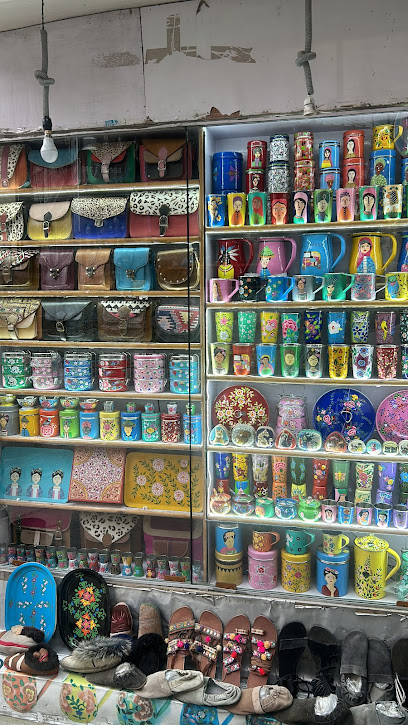
KOJA (Manali Store)
Explore KOJA Manali for unique souvenirs and artisanal crafts that embody the charm of Himachal Pradesh.
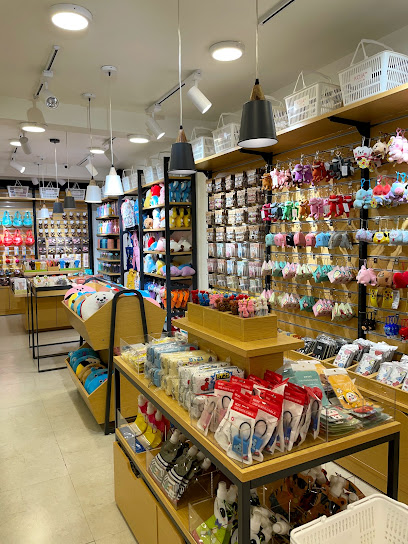
THE EVIL EYE
Discover unique souvenirs and handmade crafts at The Evil Eye, a charming gift shop in Old Manali, Himachal Pradesh, reflecting local artistry.
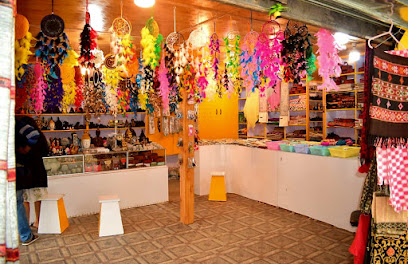
Riya Emporium
Experience the finest Himachali fashion at Riya Emporium, a must-visit clothing store in the scenic landscapes of Manali, Himachal Pradesh.
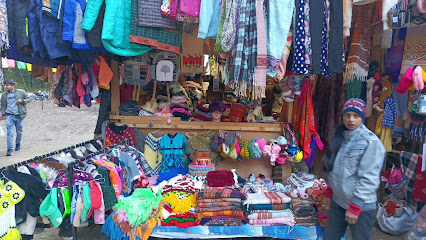
New Kashmir Arts Emporium
Explore the vibrant artistry of Himachal Pradesh at New Kashmir Arts Emporium, your ultimate destination for exquisite clothing and authentic shawls.
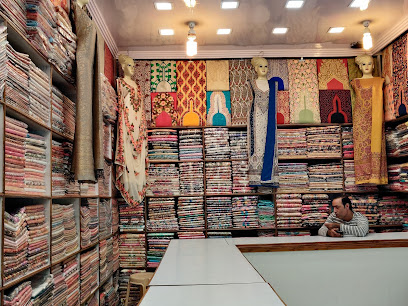
Emerge
Explore Emerge in Manali for unique clothing and accessories that blend local culture with contemporary fashion in the heart of the Himalayas.
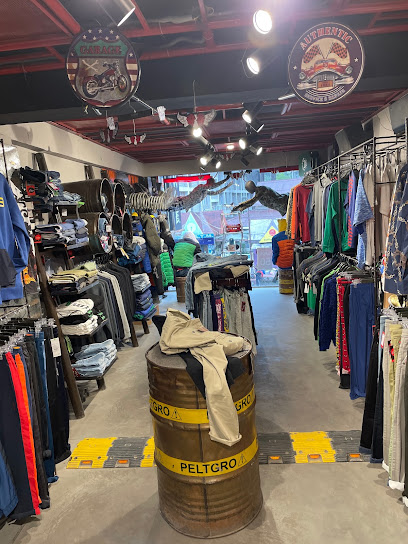
Amit Art Crafts Music Shop
Explore Amit Art Crafts Music Shop in Manali for an unforgettable blend of music and creativity, showcasing the artistic spirit of Himachal Pradesh.
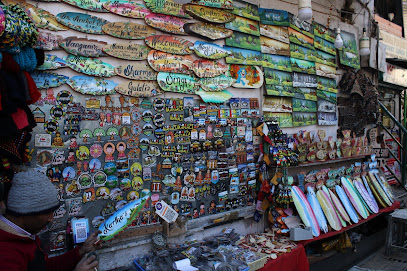
Larje Garments - Readymade Garments Showroom
Discover the essence of Himachal Pradesh fashion at Larje Garments, your go-to destination for trendy and casual clothing in Manali.
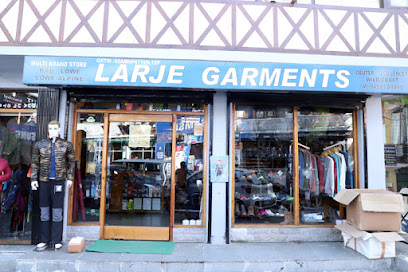
Himachal Emporium
Explore Himachal Emporium in Manali for a unique shopping experience filled with traditional craftsmanship and local culture.
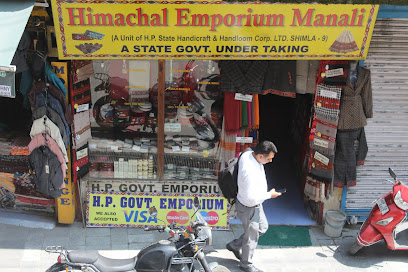
Tibet Emporium
Explore the enchanting Tibet Emporium in Manali for authentic Himalayan crafts and unique souvenirs that capture the essence of the mountains.
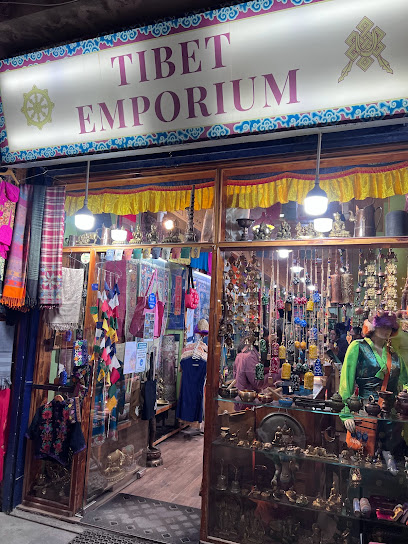
Zorba Traders
Explore Zorba Traders in Manali: Your go-to organic shop for health foods, sustainable goods, and local treasures.
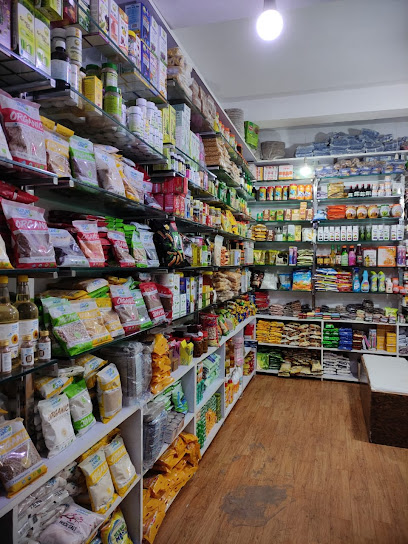
Mall road manali
Discover the vibrant shopping scene and local culture at Mall Road, Manali's charming retail heart with stunning mountain views.
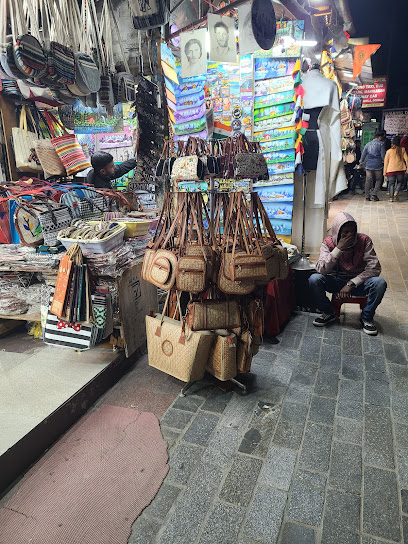
Essential bars & hidden hideouts
𝗧𝗵𝗲 𝗟𝗮𝘇𝘆 𝗗𝗼𝗴 𝗟𝗼𝘂𝗻𝗴𝗲 -Best Riverside Cafe /Live Music/Food and Drinks /Restro-Bar/Best Restaurant Manali
Experience the best of riverside dining at The Lazy Dog Lounge in Manali, where great food, live music, and stunning views come together.
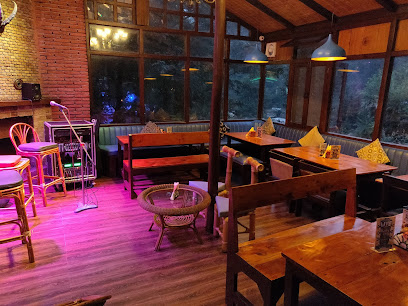
Explosion NightClub
Discover the electrifying nightlife of Manali at Explosion NightClub, where music and dancing come alive in the heart of the Himalayas.
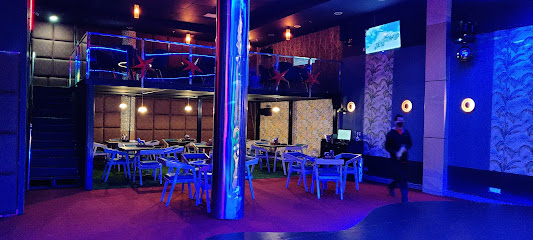
The Johnsons Hotel Cafe & Bar
Experience the essence of Manali at The Johnsons Hotel Cafe & Bar, where culinary excellence meets breathtaking Himalayan views.

𝑴𝒐𝒖𝒏𝒕𝒗𝒊𝒆𝒘 𝑵𝒐𝒐𝒅𝒍𝒆𝒔- Cafe/Best Multicuisine Restaurants/Rooftop Restaurants/Fine Dining Restaurants in Manali
Experience a delightful fusion of Chinese and Tibetan cuisines at Mountview Noodles, accompanied by breathtaking views in the heart of Manali.
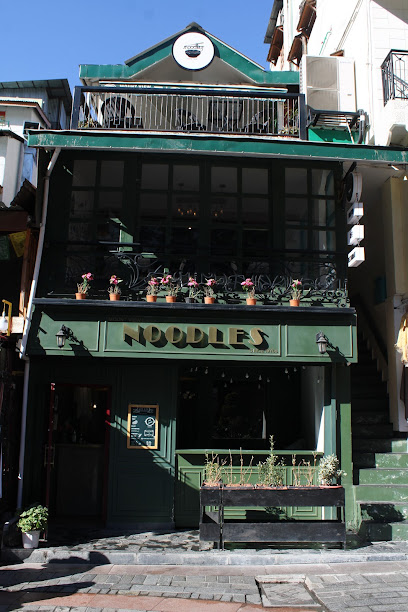
Johnson Bar and Restaurant
Experience the best of Himachali cuisine and lively atmosphere at Johnson Bar and Restaurant in Manali.
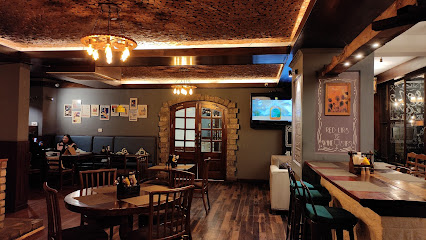
Rendez-Vous Bar & Restaurant
Discover the flavors of Himachal Pradesh at Rendez-Vous Bar & Restaurant in Old Manali, where culinary artistry meets stunning mountain views.
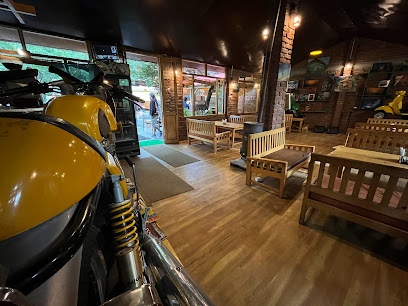
Backyard Cafe- Best Cafe in Manali
Experience the best of Manali at Backyard Cafe, where delicious food meets stunning mountain views and live music in a cozy ambiance.
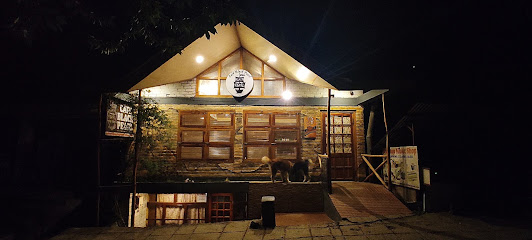
Khyber Restaurant And Bar
Experience the flavors of Himachal Pradesh at Khyber Restaurant And Bar, where local cuisine meets a lively bar atmosphere in the heart of Manali.
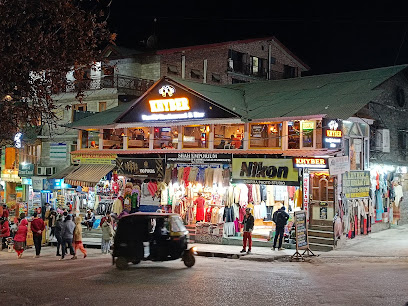
Drifters' Inn & Cafe- BAR Restaurant in Manu Temple Road Manali
Discover the flavors of Himachal Pradesh at Drifters' Inn & Cafe, a cozy bar and restaurant in Old Manali offering grilled delights and a warm atmosphere.

Ibex Lounge Bar & Restaurant - Best Live Music Bar/Food and Drinks Bar/Hookah Bar/Best Bar in Manali
Discover Ibex Lounge Bar & Restaurant in Manali: A vibrant hub for live music, delicious food, and exceptional hookah experiences.
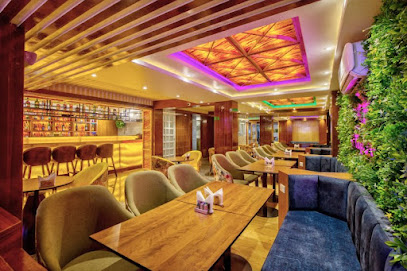
Zing Zing Bar
Experience the lively atmosphere and exquisite drinks at Zing Zing Bar, the perfect retreat in Manali for relaxation and enjoyment.
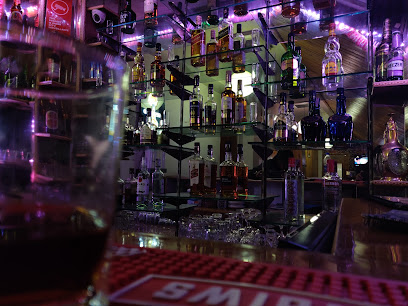
Winterfield Cafe & lounge - Cafe / Best Food and Drinks /Best Restro-Bar/Best Restaurant Manali
Discover the perfect blend of food and ambiance at Winterfield Cafe & Lounge in Old Manali, the ideal destination for every traveler.
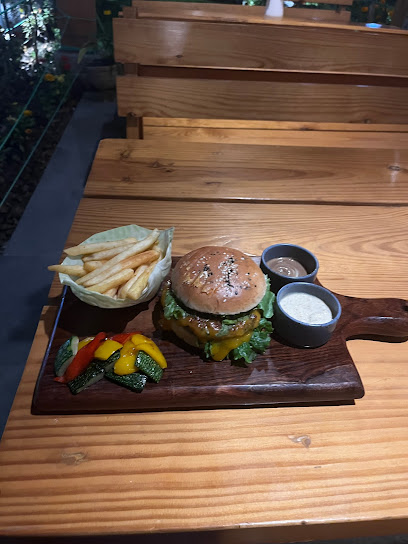
Kapital Lounge
Experience the vibrant nightlife of Manali at Kapital Lounge, where chic decor meets a lively atmosphere and diverse culinary offerings.

G.O.A.T. (Greatest Of All Time) Cafe, Lounge, Microbrewery
Discover the vibrant atmosphere of G.O.A.T. Cafe in Old Manali, where craft beers and delicious food meet stunning Himalayan views.
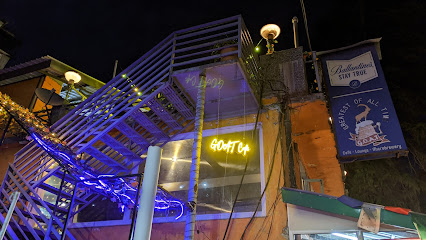
Disco Valley
Discover the lively Disco Valley in Old Manali, where music, culture, and delicious drinks create an unforgettable experience.
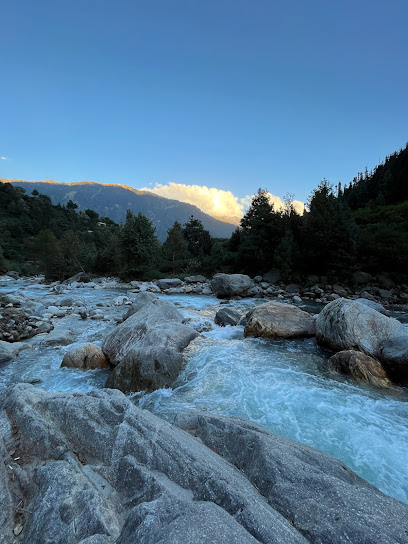
Local Phrases
-
- Helloनमस्ते
[namaste] - Goodbyeअलविदा
[alvida] - Yesहां
[haan] - Noनहीं
[nahin] - Please/You're welcomeकृपया
[krupaya] - Thank youधन्यवाद
[dhanyavad] - Excuse me/Sorryमाफ़ कीजिए
[maaf kijiye] - How are you?आप कैसे हैं?
[aap kaise hain?] - Fine. And you?ठीक हूँ। और आप?
[thik hoon. aur aap?] - Do you speak English?क्या आप अंग्रेज़ी बोलते हैं?
[kya aap angrezi bolte hain?] - I don't understandमुझे समझ में नहीं आया
[mujhe samajh mein nahin aaya]
- Helloनमस्ते
-
- I'd like to see the menu, pleaseकृपया मेनू दिखाएं
[krupaya menu dikhayein] - I don't eat meatमैं मांस नहीं खाता/खाती
[main maans nahin khata/khati] - Cheers!चियर्स!
[cheers!] - I would like to pay, pleaseकृपया में भुगतान करना चाहूँ
[krupaya mein bhugtan karna chaahoon]
- I'd like to see the menu, pleaseकृपया मेनू दिखाएं
-
- Help!मदद कीजिए!
[madad kijiye!] - Go away!चले जाओ!
[chale jao!] - Call the Police!पुलिस को बुलाइए!
[police ko bulaiye!] - Call a doctor!डॉक्टर को बुलाइए!
[doctor ko bulaiye!] - I'm lostमैं खो गया/गई हूँ
[main kho gaya/gayi hoon] - I'm illमुझे बीमारी है
[mujhe bimari hai]
- Help!मदद कीजिए!
-
- I'd like to buy...मैं ... खरीदना चाहूँ
[main ... khareedna chaahoon] - I'm just lookingमैं बस देख रहा/रही हूँ
[main bas dekh raha/rahi hoon] - How much is it?यह कितने का है?
[yah kitne ka hai?] - That's too expensiveयह बहुत महंगा है
[yah bahut mahnga hai] - Can you lower the price?क्या आप कीमत कम कर सकते/सकती हैं?
[kya aap keemat kam kar sakte/sakti hain?]
- I'd like to buy...मैं ... खरीदना चाहूँ
-
- What time is it?अब कितने बजे हैं?
[ab kitne baje hain?] - It's one o'clockएक बजे हैं
[ek baje hain] - Half past (10)दस बजे तक
[das baje tak] - Morningसुबह
[subah] - Afternoonदोपहर
[dopahar] - Eveningशाम
[shaam] - Yesterdayकल
[kal] - Todayआज
[aaj] - Tomorrowकल
[kal] - 1एक
[ek] - 2दो
[do] - 3तीन
[teen] - 4चार
[chaar] - 5पाँच
[paanch] - 6छह
[chhe] - 7सात
[saat] - 8आठ
[aath] - 9नौ
[nau] - 10दस
[das]
- What time is it?अब कितने बजे हैं?
-
- Where's a/the...?... कहाँ है?
[... kahan hai?] - What's the address?पता क्या है?
[pata kya hai?] - Can you show me (on the map)?क्या आप मुझे दिखा सकते/सकती हैं (नक्शे पर)?
[kya aap mujhe dikhha sakte/sakti hain (naksha par)?] - When's the next (bus)?अगली (बस) कब है?
[agli (bas) kab hai?] - A ticket (to ....)एक टिकट (.... के लिए)
[ek ticket (.... ke liye)]
- Where's a/the...?... कहाँ है?
History of Manali
-
Manali, nestled in the Kullu Valley of Himachal Pradesh, finds its roots in ancient Indian mythology. It is believed to be the home of the Saptarishi, or the Seven Sages. According to Hindu mythology, after a great deluge that flooded the world, Manu, the first man, found refuge in Manali. The name 'Manali' is derived from 'Manu-Alaya,' which means 'the abode of Manu'. This mythological heritage lends an aura of spiritual significance to the area.
-
Manali's history is intertwined with the broader history of the Kullu Valley. The region was once part of the Kullu Kingdom, which dates back to the first century AD. The kingdom's rulers were known for their patronage of art and culture, which helped in the flourishing of local traditions. The Kullu Valley, with Manali as one of its key towns, became a cultural hub, famous for its temples and festivals.
-
In the mid-19th century, Manali came under the influence of British colonial rule. The British were drawn to the region's cool climate and scenic beauty, making it a summer retreat. They introduced apple farming and trout fishing, which significantly impacted the local economy and lifestyle. Many of the colonial-era structures still stand today, offering a glimpse into that period.
-
During the 20th century, Manali began to gain prominence as a major tourist destination. The Indian government's efforts in developing infrastructure facilitated easier access to the region. The introduction of adventure sports like skiing, trekking, and paragliding further boosted Manali's appeal. The town became a popular destination for both domestic and international tourists, contributing to its economic growth.
-
Manali is a vibrant cultural hub, known for its rich traditions and festivals. The Dussehra festival in nearby Kullu is a significant event, attracting visitors from all over the world. Traditional dance forms like the Nati, and local music, play a crucial role in the cultural fabric of Manali. Handicrafts, particularly woolen shawls and caps, are also an integral part of the local culture.
-
Today, Manali is a bustling town that successfully blends its ancient heritage with modern amenities. The local population is a mix of indigenous communities and people from various parts of India, adding to its cultural diversity. The town continues to evolve, with new infrastructure projects aimed at improving connectivity and sustainability. Despite modernization, Manali retains its unique charm, making it a timeless destination.
Manali Essentials
-
Manali is accessible via multiple modes of transportation. The nearest airport is Bhuntar Airport, also known as Kullu-Manali Airport, located about 50 kilometers away. From the airport, you can hire a taxi to reach Manali. The nearest major railway station is Chandigarh, approximately 300 kilometers away, from where you can take a bus or taxi. Manali is well-connected by road, with regular bus services from Delhi, Chandigarh, and other major cities in North India. Private and state-run buses, including luxury coaches, are available.
-
Manali is a small town, and most of its attractions are within walking distance. Local taxis and auto-rickshaws are readily available for longer distances. For a unique experience, you can also rent a bicycle or motorbike to explore the area at your own pace. Additionally, Himachal Pradesh Tourism Development Corporation (HPTDC) operates local buses that connect various parts of the town and nearby areas.
-
The official currency in India is the Indian Rupee (INR). Credit and debit cards are widely accepted in hotels, restaurants, and larger shops in Manali. However, it is advisable to carry some cash for transactions in smaller establishments and local markets. ATMs are available throughout the town, but it is prudent to withdraw sufficient cash before heading to more remote areas.
-
Manali is generally a safe destination for tourists, but standard precautions should be taken. Avoid walking alone at night in secluded areas and keep an eye on your belongings in crowded places. While there are no specific high-crime areas targeting tourists, it is always best to stay vigilant. Petty thefts can occur, so use hotel safes to store valuables.
-
In case of an emergency, dial 100 for police assistance and 101 for fire services. For medical emergencies, dial 102 for an ambulance. Manali has several hospitals and medical facilities, including the Manali Mission Hospital and Civil Hospital. It is recommended to have travel insurance that covers medical emergencies. Pharmacies are available for over-the-counter medications.
-
Fashion: Do dress modestly, especially when visiting religious sites. Avoid wearing revealing clothing. Religion: Do respect local customs and traditions. Always remove your shoes before entering a temple. Public Transport: Do be respectful and give up your seat to elderly passengers. Don't eat or drink on public transport. Greetings: Do greet people with a 'Namaste' (a slight bow with hands pressed together). Eating & Drinking: Do try local delicacies and accept food offerings graciously. Don't refuse hospitality, as it is considered impolite.
-
To experience Manali like a local, visit the local markets such as Mall Road and Manu Market, where you can buy handicrafts, woolens, and other traditional goods. Engage with locals, as they are often friendly and willing to share stories about the town's history and culture. Don't miss visiting the Hadimba Temple, Vashisht Hot Springs, and Solang Valley. For a unique experience, take a walk through Old Manali, which offers a more laid-back vibe with cafes and small shops.
Trending Landmark in Manali
-
Hadimba Devi Temple
-
Manali Mall Market
-
Mall Road Market Manali
-
Jogini Falls
-
Van Vihar National Park
-
Nehru Kund
-
Manu Temple, Old Manali
-
Desi Swaad
-
Manali Bazaar
-
Life in Manali
-
Glacial Adventures(INDIA)Pvt. Ltd.
-
Himalayan Nyinmapa Buddhist Monastery
-
Old Manali Bridge
-
Dylan's Toasted & Roasted Coffee House-Best Coffee House/Pioneer of Real Coffee/Most Popular Cafe For World Famous
-
Museum of Himachal Culture & Folk Art
Nearby Cities to Manali
-
Things To Do in Shimla
-
Things To Do in Leh
-
Things To Do in Jammu
-
Things To Do in Amritsar
-
Things To Do in Sialkot
-
Things To Do in Rishikesh
-
Things To Do in Lahore
-
Things To Do in Gujranwala
-
Things To Do in Skardu
-
Things To Do in Faisalabad
-
Things To Do in Delhi
-
Things To Do in Murree
-
Things To Do in Rawalpindi
-
Things To Do in Islamabad
-
Things To Do in Abbottabad

